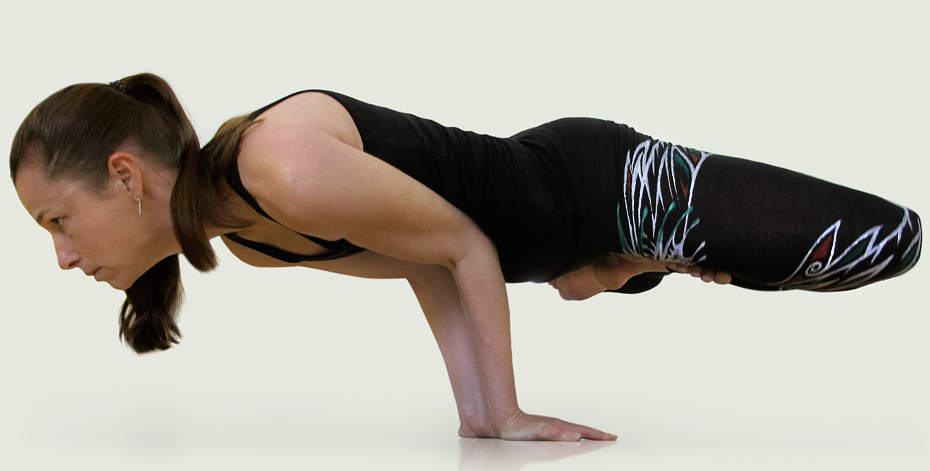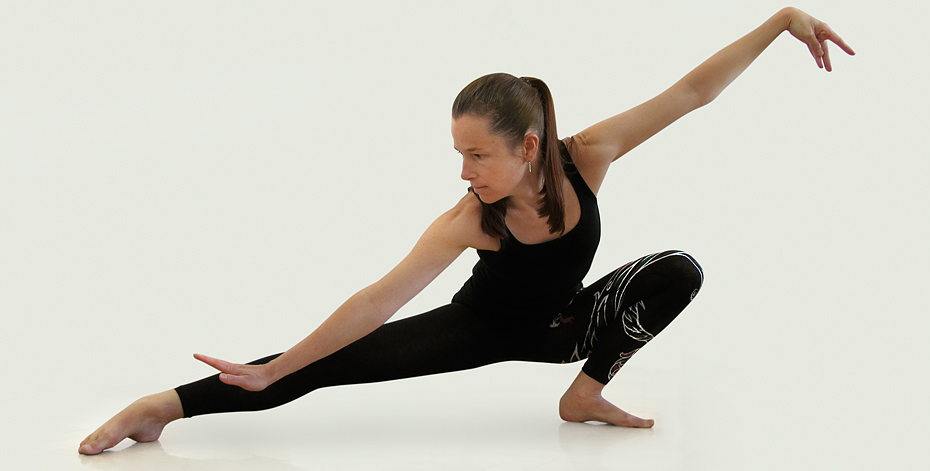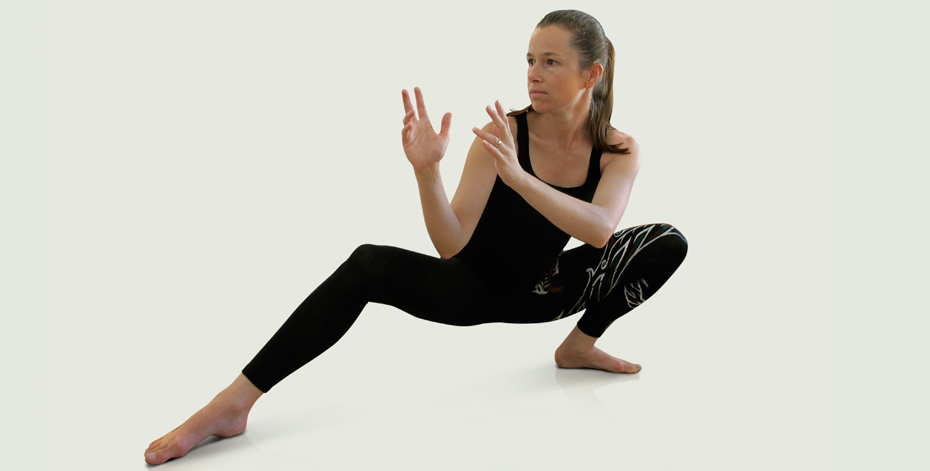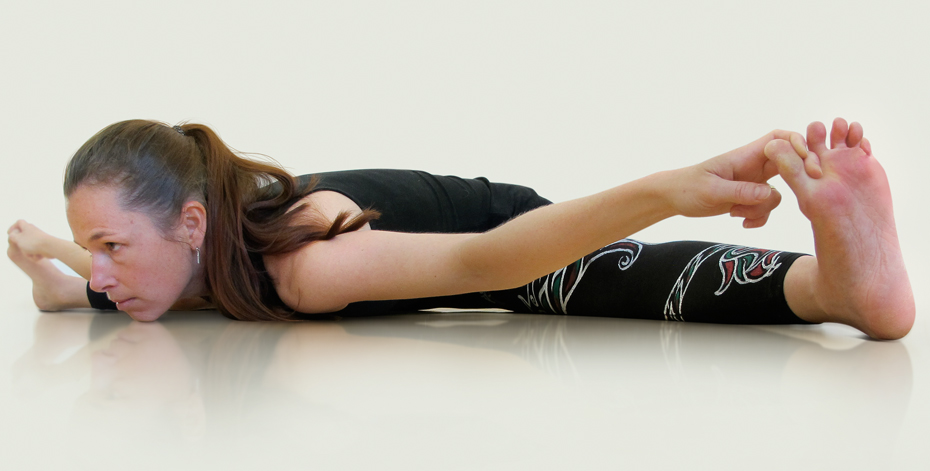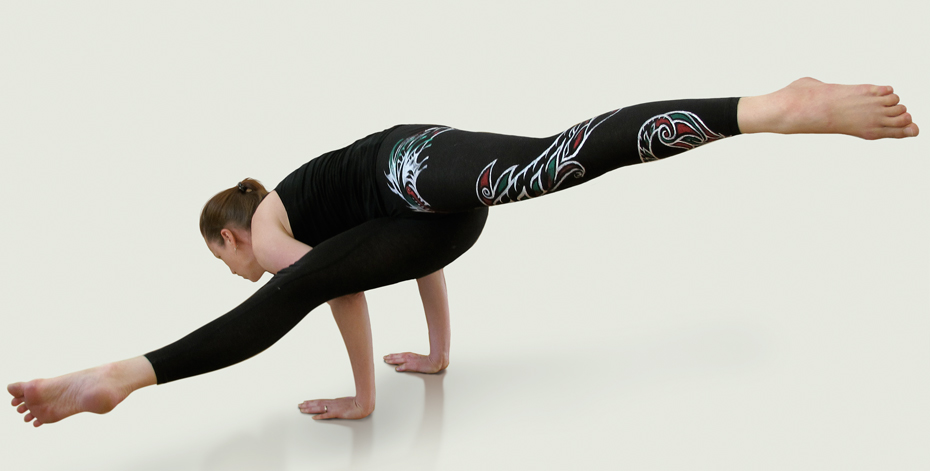Hatha Yoga Mandapa
Hatha Yoga Mandapa (Sanskrit: Atrium/Entrance Hall of a temple) is based in Institut Dr. Schmida in the heart of Vienna near Karlsplatz. Here you can find courses and open classes for Yoga students of all levels, from beginners to advanced. Morning and evening classes are available. Hatha Yoga Mandapa also offers trial lessons, two week-long morning intensives and weekend workshops.
Classes include prelude work (sequences of preparatory movements) and asanas (static positions). More advanced practice includes pranayama (breathing exercises) and mudras (hand and body gestures). Classes take place in small groups to guarantee individual assistance and support. The aim is to make the material accessible to students, enabling them to practise with inner peace, balance and well-being and to benefit from a joyful, uplifting home self-practice.
Shadow Yoga
The ancient Hatha Yoga texts tell us that a human being comprises five sheaths (koshas) and three bodies (sharira). The three bodies are the gross physical body (sthula sharira), the subtle body (sukshma sharira) and the causal body (karana sharira). The koshas (or 'shadows') include the gross structure (annamaya kosha), the power principle (pranamaya kosha), the mundane mind (manomaya kosha), the intellect (vijnanamaya kosha) and the shadow of joy (anandamaya kosha). Hatha Yoga has evolved with the purpose of dissolving these shadows so that we may realise the Inner Self (Atman).
Shadow Yoga, founded by Zhander Remete, is a Hatha Yoga system which integrates principles derived from the practical study of Yoga asana, martial arts, Indian dance and Ayurvedic/Siddha medicine. In Shadow Yoga, the student is first introduced to preparatory work which includes warm-ups and simple, natural movements. Through repetition, these improve the quality of attention and increase both strength and flexibility. They serve as essential preparation for the more challenging asana work which comes later.
Every Shadow Yoga class begins with one of the three prelude forms. A prelude consists of a sequence of flowing movements coordinated with breath which prepare the body (both physically and energetically) for asana. The intention is that eventually the full form shall include prelude, asana-vinyasa, bandha, kriya, mudra, pranayama and pratyahara.
THE THREE PRELUDE FORMS
BALAKRAMA (Stepping into Strength)
The first prelude develops strength and endurance through dynamic stance work. It strengthens the legs, opens the joints and develops the body's core. This challenging sequence teaches coordination of breath and movement and provides an introduction to Uddiyana bandha. The student is confronted with blockages in the body-mind which allows him/her to address their strengths and weaknesses.
CHAYA YODDHA SANCALANAM (Churning of the Shadow Warrior)
This prelude takes the student deeper with Warrior and Sun forms and the breathing becomes more refined. The Warrior forms include circular and spiralling movements which free the peripheral body from its tensions and blockage, whilst the Sun forms strengthen the central energetic system.
KARTIKKEYA MANDALA (Garland of Light)
This prelude consists of diverse spiralling and twisting movements which remove deep inner blockages and free up the energetic pathways. It prepares the student for more advanced asana work.
Shadow Yoga is a thorough, challenging and balanced method in which the body is not seen simply as an anatomical structure made up of bone, muscle and sinew, but as an energetic system which is capable of transformation.
Nrrta Sadhana
“Nrtta is that Sadhana through which the sadhaka (aspirant) rediscovers the rhythmic life currents hidden in the body’s folds and limbs by means of unimposed natural positioning” – Shandor Remete
Nrtta Sadhana employs the karanas described in the Natya Shastra, a treatise on the performing arts attributed to the Sage Bharata between 200BC and 200AD. Karana is described as the simultaneous movements of the hands and feet. According to Bharata, Karana consists of Sthana – a posture of the body, Nrttahasta – a hand pose, and Kāri – the movement of the feet.
Of the 108 karanas described, no more than 36 are said to be appropriate for the cultivation of inner energy or yogic practices, making a clear distinction between the way the karanas are used for different activities.
The rhythm of the Nrtta Sadhana practice arises from the coordination of these parts and prepares one for the deeper practices of Hatha Yoga.

